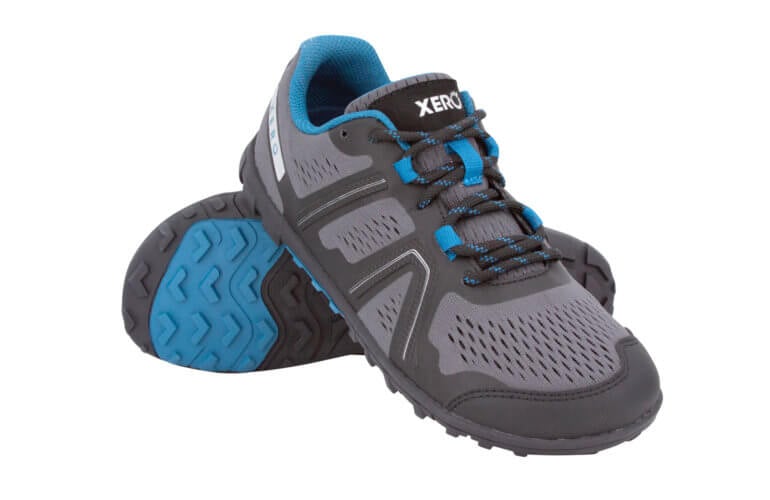Introduction
When it comes to the health of our children, we want nothing but the best. This includes taking care of their feet, which play a crucial role in their overall well-being. One way to promote healthy feet is by introducing them to barefoot shoes. In this article, we will explore the numerous benefits of barefoot shoes for children and answer common questions that parents may have.
A Step Towards Healthy Feet: How Barefoot Shoes Benefit Children
Wearing traditional shoes with thick soles and arch support may seem like the norm, but research has shown that going barefoot or wearing minimalist footwear can actually benefit children's feet in several ways. Here are some key advantages:
1. Improved Foot Strength and Development
Children's feet are still growing and developing, and wearing restrictive footwear can hinder this process. Barefoot shoes allow for natural foot movement, which helps strengthen the muscles, ligaments, and tendons in their feet. This can lead to improved balance, coordination, and overall foot development.
2. Enhanced Sensory Feedback
Our feet contain numerous sensory receptors that provide important feedback to the brain about our environment. Traditional shoes can dampen this feedback, but barefoot shoes allow the feet to fully engage with the ground. This enhanced sensory input helps children develop a better sense of body awareness and proprioception.
3. Promotes Proper Gait Mechanics
Wearing traditional shoes with elevated heels can alter a child's natural gait mechanics and posture. Barefoot shoes encourage a more natural walking and running pattern by allowing the foot to flex and move as it should. This can help prevent issues such as flat feet, pronation, and other gait abnormalities.
4. Prevents Foot Problems
Traditional shoes with narrow toe boxes can restrict toe movement and lead to various foot problems such as bunions and ingrown toenails. Barefoot shoes have a wide toe box that allows the toes to splay naturally, promoting proper alignment and reducing the risk of foot issues.
5. Lightweight and Flexible
Barefoot shoes are designed to be lightweight and flexible, mimicking the feeling of being barefoot while providing some protection. This allows children to move more freely and naturally, without the added weight and rigidity of traditional shoes.
6. Encourages Outdoor Exploration
Children love to explore and play outdoors, and barefoot shoes can enhance their outdoor experience. The thin, flexible soles of barefoot shoes allow children to feel the texture of the ground beneath their feet, whether it's grass, sand, or rocks. This sensory experience can be both stimulating and educational.
FAQs About Barefoot Shoes for Children
Q: Are barefoot shoes suitable for everyone?
A: While barefoot shoes can be beneficial for most children, it's important to consider individual needs and preferences. Some children with certain foot conditions or specific activities may require additional support or cushioning.

Q: Can I wear barefoot shoes in cold weather?
A: Barefoot shoes are typically designed for warmer weather or indoor use. However, there are options available with added insulation or waterproof features that make them suitable for colder temperatures.
Q: How long do barefoot shoes last?
A: The lifespan of barefoot shoes can vary depending on factors such as usage, quality of materials, and maintenance. On average, a well-made pair of barefoot shoes can last anywhere from 6 months to 2 years.
Q: Can I wear socks with barefoot shoes?
A: Yes, you can wear socks with barefoot shoes if desired. However, it's important to choose thin socks that do not interfere with the natural fit and feel of the shoe.
Q: Are barefoot shoes waterproof?
A: Not all barefoot shoes are waterproof, but there are options available that Website link offer water-resistant or waterproof features. It's important to check the product specifications before purchasing.
Q: Do barefoot shoes require special care?
A: Barefoot shoes typically require minimal care. Regular cleaning with mild soap and water and air drying is usually sufficient. Avoid exposing them to extreme heat or direct sunlight, as it may damage the materials.
Conclusion
When it comes to promoting healthy feet in children, barefoot shoes can be a step in the right direction. By allowing their feet to move naturally and providing sensory feedback, these shoes offer numerous benefits for foot strength, development, and overall well-being. While not suitable for every situation or individual, barefoot shoes can be a valuable addition to any child's footwear collection. So why not give your child's feet the freedom they deserve with a pair of barefoot shoes?